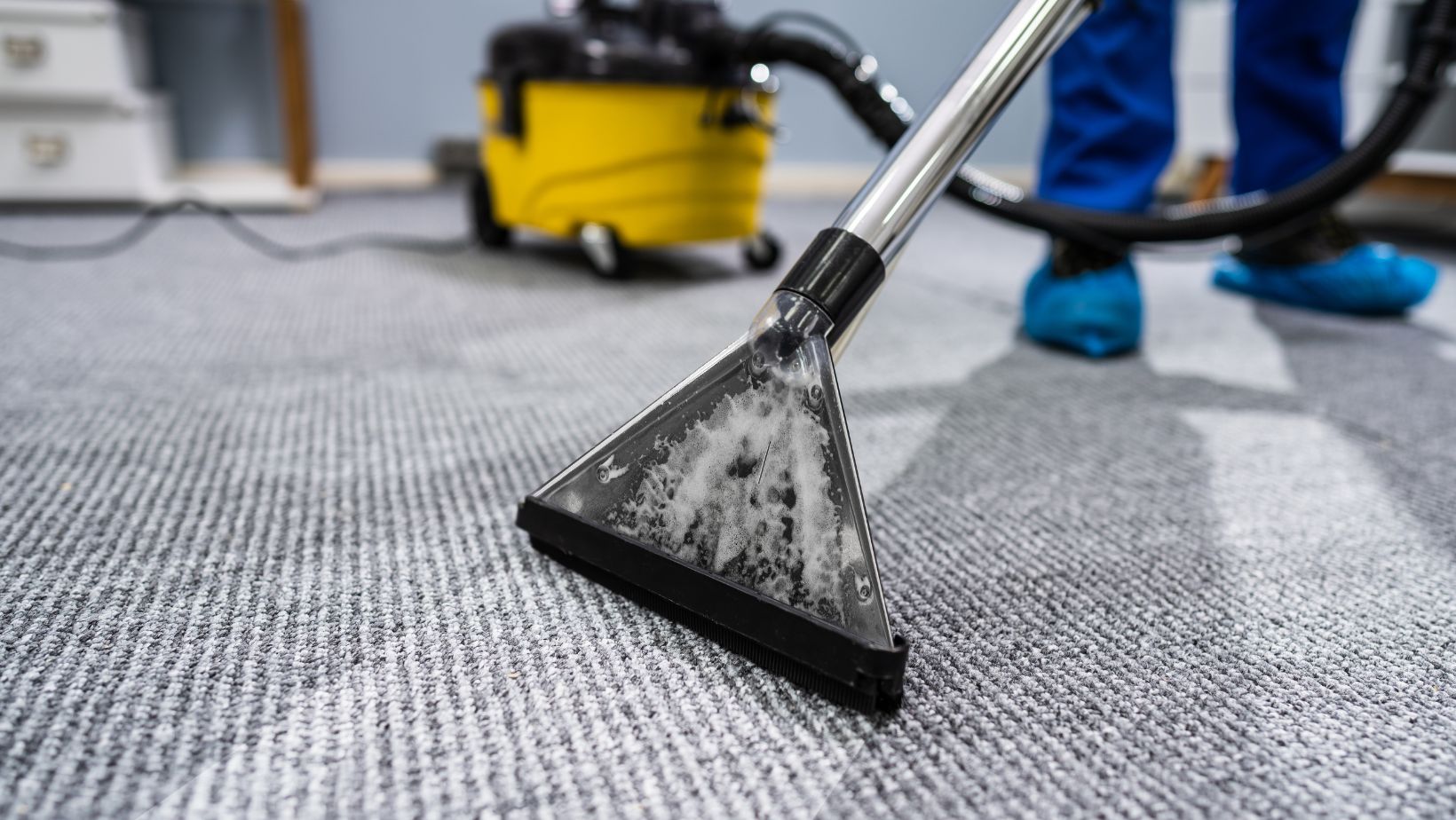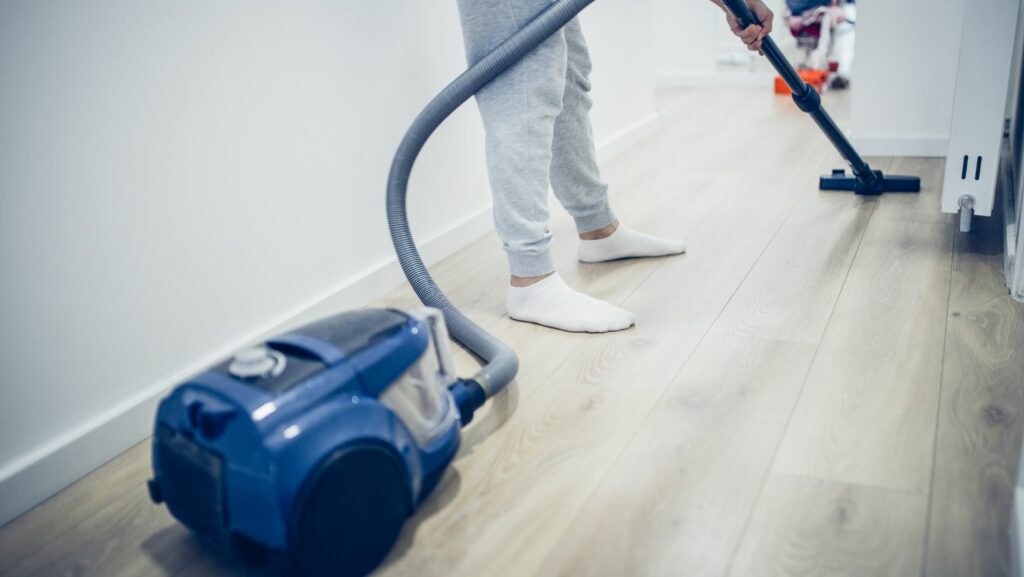When it comes to cleaning and vacuuming, understanding how vacuum is measured plays a crucial role in achieving optimal results. Vacuum measurement refers to the quantification of the level of suction or negative pressure generated by a vacuum cleaner. This measurement helps determine the efficiency and performance of different vacuum models.
One common unit used to measure vacuum is inches of water lift (inH2O). This metric refers to the height in inches that a vacuum cleaner can lift water when its suction power is applied. The higher the number, the stronger the suction capability of the vacuum. This measurement is particularly important for tasks that involve lifting heavy debris or deep cleaning carpets.
Another widely used unit is cubic feet per minute (CFM), which measures the volume of air moved by a vacuum cleaner in one minute. CFM indicates how quickly a vacuum can remove dirt and dust from an area. A higher CFM value generally signifies more efficient cleaning as it indicates faster airflow, allowing for quicker pickup and removal of debris.
Understanding these measurements allows you to choose a vacuum cleaner that meets your specific cleaning needs. Whether you’re tackling pet hair, deep-cleaning carpets, or simply maintaining a clean home, knowing how vacuums are measured will help you make informed decisions when selecting the right model for your cleaning tasks.

How is Vacuum Measured
When it comes to measuring vacuum, there are several different units that are commonly used in the industry. These units help us quantify the level of cleanliness and efficiency achieved through vacuuming processes. Let’s take a look at some of the most common units:
- Torr: Named after Italian physicist Evangelista Torricelli, who invented the mercury barometer, torr is a unit of pressure often used in vacuum measurements. One torr is equivalent to 1/760th of standard atmospheric pressure.
- Pascal: The pascal (Pa) is the SI unit for pressure and can also be used to measure vacuum levels. It represents one newton per square meter and provides a more precise measurement compared to other units.
- millibar: This unit is commonly used in meteorology but can also be utilized for vacuum measurement. One millibar is equal to one-thousandth of a bar or 100 pascals.
- micron: Microns, also known as micrometers (µm), are frequently employed in industries such as electronics and semiconductor manufacturing to measure levels of cleanliness on surfaces. They represent one-millionth of a meter and provide an indication of particulate contamination.
- inches of mercury: Inches of mercury (inHg) refer to the height that a column of mercury rises within a barometer tube under atmospheric pressure conditions. This unit is widely used in North America for measuring both atmospheric pressure and vacuum levels.
- Torr/millimeter mercury: Similar to inches of mercury, this unit measures vacuum levels using millimeters instead of inches as its reference point.
- atmosphere absolute: Atmosphere absolute (atm abs) refers to the total air pressure present at sea level under standard conditions (1013 mbar). It can also be used inversely to measure vacuum levels.
Remember, understanding the different units of vacuum measurement is crucial in ensuring effective cleaning and vacuuming processes. By using the appropriate unit for your specific application, you can accurately assess and monitor the cleanliness and efficiency of your vacuum systems.
In summary, vacuuming is a crucial aspect of cleaning that helps maintain cleanliness and hygiene in our homes and workplaces. Throughout this article, we have explored the process of how vacuum cleaners work, the different types of vacuums available, and how vacuum performance is measured.

